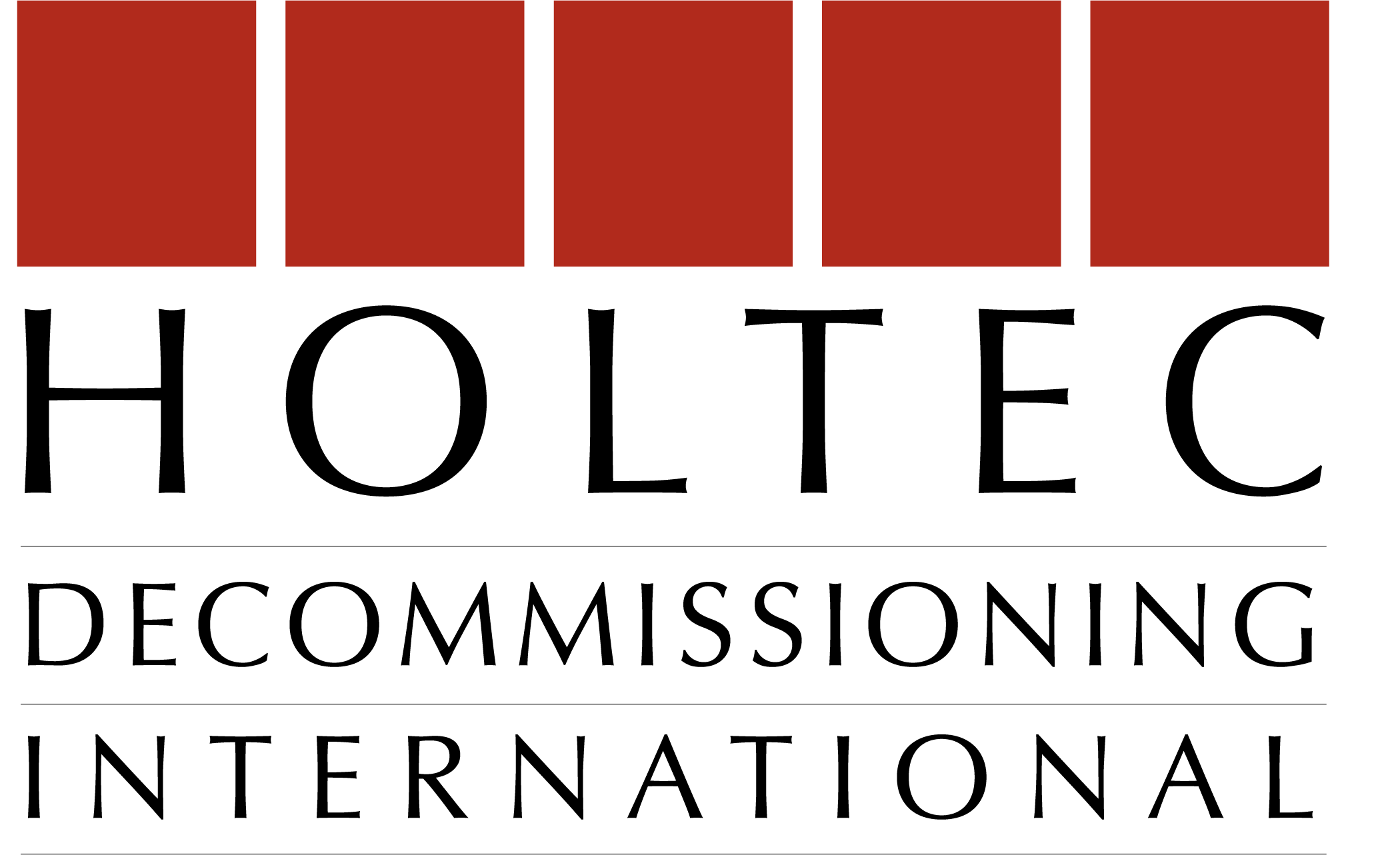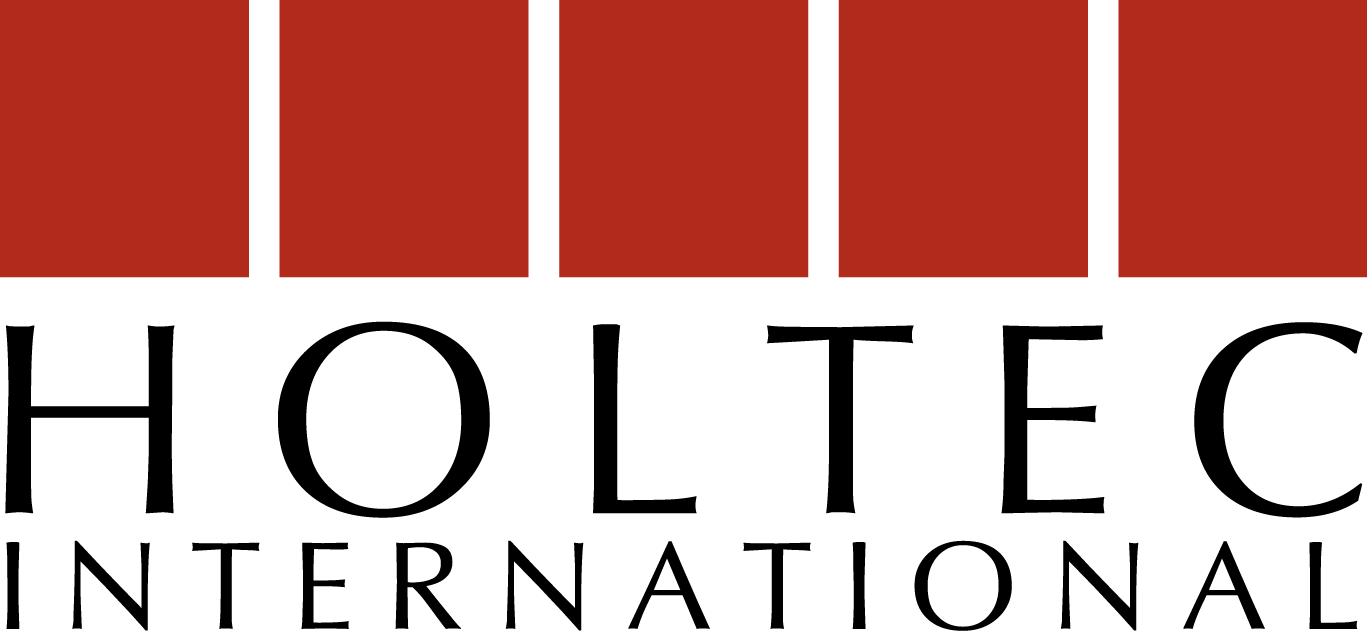At �������ϲʿ������2023, we take great pride in our innovative solutions for the nuclear industry. Whether that innovation comes from the application of new technologies or developing new tools for streamlining business, we stand committed to providing customers with safe, reliable and cost-efficient solutions. In keeping with that ethos, we have developed �������ϲʿ������2023’s Fleet Management Model (HFMM), an innovative tool for managing decommissioning sites that reduces, and in some cases eliminates, major cost drivers associated with decommissioning. While this helps reduce costs, more importantly this leads to shorter decommissioning timelines and standardization that enables a more reliable decommissioning lifecycle.
Applied Innovation – �������ϲʿ������2023’s Fleet Management Model
�������ϲʿ������2023’s Fleet Management Model (HFMM) is an operational governance tool that brings proven processes, procedures and management principles together with software applications developed in-house by �������ϲʿ������2023. This model is similar to how many utility companies operate multiple plants within their fleet to keep the cost of producing energy low for consumers. �������ϲʿ������2023 plans to use HFMM in a similar manner to drive improvement and efficiencies that ensure each site is safely decommissioned within the funding availability of their respective Nuclear Decommissioning Trust (NDT).
HFMM optimizes efficiency by standardizing processes and procedures for multiple sites that share common decommissioning challenges. Standardization means that safety, project management, licensing submittals, staffing models, scheduling and cost estimation methods remain consistent for each site. HDI’s corporate organization achieves this by setting performance goals for fleet activities. This across-the-board commonality of processes and procedures lies at the heart of HDI’s management approach.
The benefit to customers and host communities is that governance and safety is maintained, while redundant operational cost typically found when sites are treated as different standalone projects is eliminated.
HFMM Benefits Safety and Quality
Workplace safety and quality comes first in all aspects of our businesses. Under decommissioning operations, the same rigor applied to �������ϲʿ������2023’s quality and safety program is enhanced to accommodate site specific needs necessary to meet license requirements.
To ensure that one program can encompass multiple sites, �������ϲʿ������2023 has applied a systematic approach to integrating site specific procedures. This approach places proper revision control and reviews upfront in transition planning. This ensures that all safety and license requirements are met before the site license is transferred. No matter which site you visit, similar governance applies. The result of this effort is a streamlined process that allows �������ϲʿ������2023 to integrate sites acquired from different utility owners, without disruption to the workforce or a compromise in quality and safety on site.
An added benefit of this process is �������ϲʿ������2023’s real-time cloud-based communication network. Geographically separated team members can share real-time project developments, lessons learned and process improvements across multiple sites as they are discovered.
Integrated Fleetwide Procurement
The HFMM enables a fleetwide procurement strategy that is new to the decommissioning market. During decommissioning, there are work scopes and services that can be contracted through companies specializing in certain areas. �������ϲʿ������2023 took a critical look at past large projects and manufacturing lessons learned to further dissect the discrete work scopes that could be supported and contracted through industry experts. This identified two major benefits:
- A greater assurance that readily available experts could fill project needs quickly, thus deepening the pool of resources required to meet commitments.
- The ability to leverage an economy of scale that incentivizes competitive pricing for services, and bulk pricing for commodities.
Plant Personnel
HDI believes the employees at each site bring strength to the decommissioning organization. We believe that offering employment to existing plant personnel is an advantage for not only the project, but more importantly lessens the initial economic impact in the region.
HDI strives to retain the incumbent personnel at each nuclear plant at the time of license transfer. These incumbent plant experts have been responsible for safely maintaining the plant and bring a wealth of institutional knowledge and experience to the �������ϲʿ������2023 team. They join HDI’s existing team of decommissioning experts to ensure the project is completed safely and efficiently.
Innovation Beyond Fleet Management
HDI’s industry leadership has been propelled and sustained by continuous technological innovation. Our model leverages the latest technology, digital tools, and tailored processes as summarized below:
- �������ϲʿ������2023 has safely expedited the dry storage of spent nuclear fuel using �������ϲʿ������2023’s licensed super-high conductivity MPCs with a high heat load fuel basket in conjunction with the HI-STORM FW storage cask.
- Investing in state-of-the-art technologies such as special purpose robots and drones to access and dismantle structures in high radiation fields. This technology will support personnel with the goal to minimize crew dose and maximize personnel safety.
- Advancing safety through the application of Immersive Visualization Technology (IVT). IVT is a form of virtual reality used to improve safety within risky environments by enabling work process simulation and training before field activities begin.
- Deconstruction planning for buildings is guided by their structural attributes simulated on a suitable computer code. Structural simulation models are used to identify and remove non-load bearing structures in the early phase of work. This effort allows the decommissioning team to declutter the building to safely facilitate the movement of personnel and material.
- Ongoing development and licensing of casks to transport Class B, C and Greater Than Class C (GTCC) waste will give the company flexibility to ship a plant’s waste without dependency on third-party suppliers. The suite of casks being developed to ship non-fissile waste by road, rail or sea, will help minimize radiation dose accrued from transport of the plant’s waste.����



